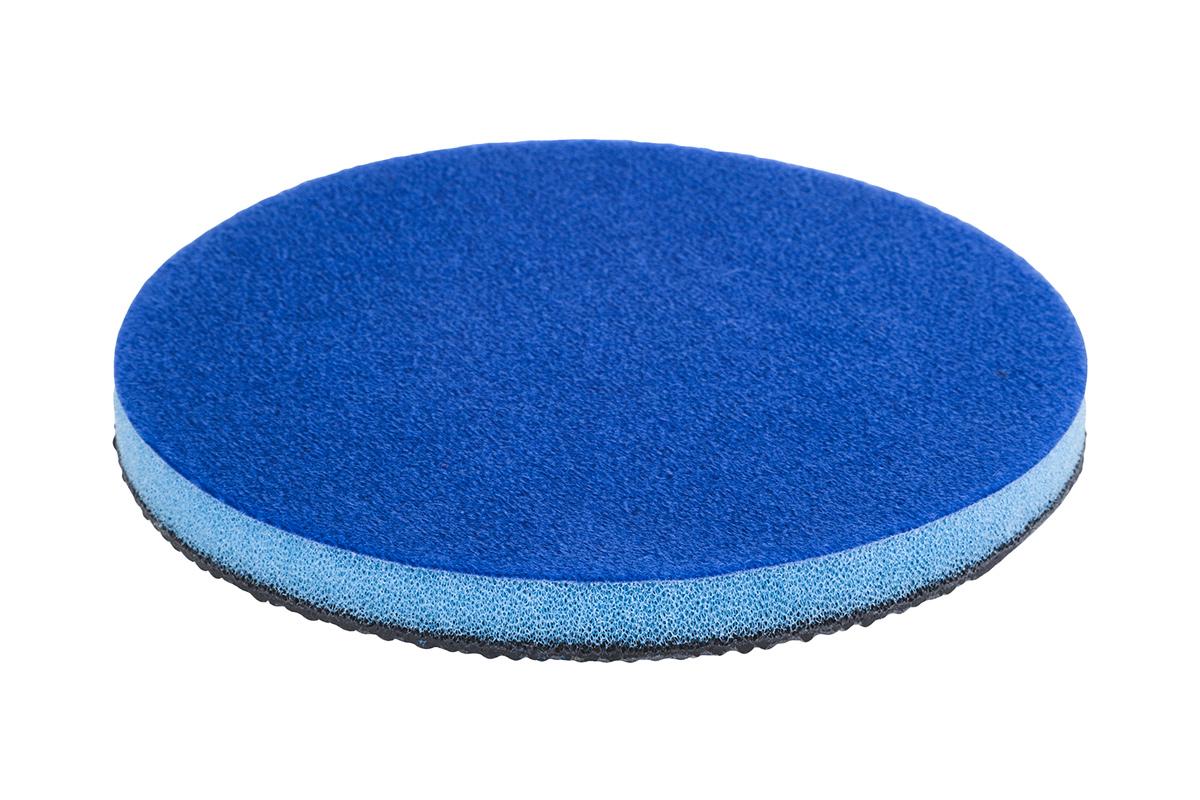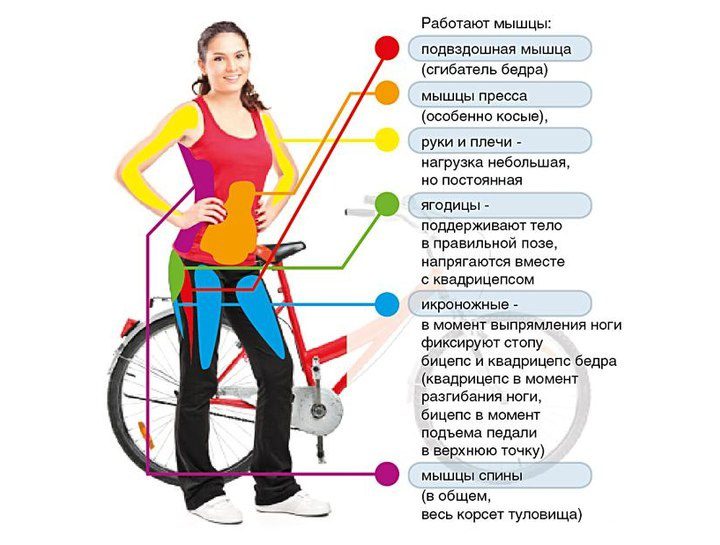
Take care of your psoas and iliac muscles to ride mountain bikes more efficiently
Content
When mountain biking and cycling in general, we mainly use the muscles of the lower limbs. The thigh muscles allow you to perform these knee flexion and extension movements as you pedal. The most famous are the quadriceps and hamstrings. Therefore, we often think about taking care of them when we ride our bike.
There is another muscle that is widely used for pedaling: the psoas-iliac muscle. We have it on either side of the spine.
As the name suggests, the psoas muscle is made up of two heads: the psoas and the iliac.
Basically, this is the lumbar part that we use for pedaling. The psoas muscle is a long head that covers the transverse and lumbar vertebral bodies. It goes down and out and passes behind the pubic ramus. It ends on the lesser trochanter of the femur, that is, on its inner part.
The iliac head is fan-like. It is inserted all over the inside of the iliac crest. The muscle fibers descend and join together to end at the lesser trochanter.
The small psoas head may be part of the iliac psoas muscle, but it is unstable, meaning not everyone has it. It is inserted in front of the body of the 1st lumbar vertebra, goes down and ends at the pubic branch. Its role is to flex the torso forward, as does the psoas head, but its action is more limited.
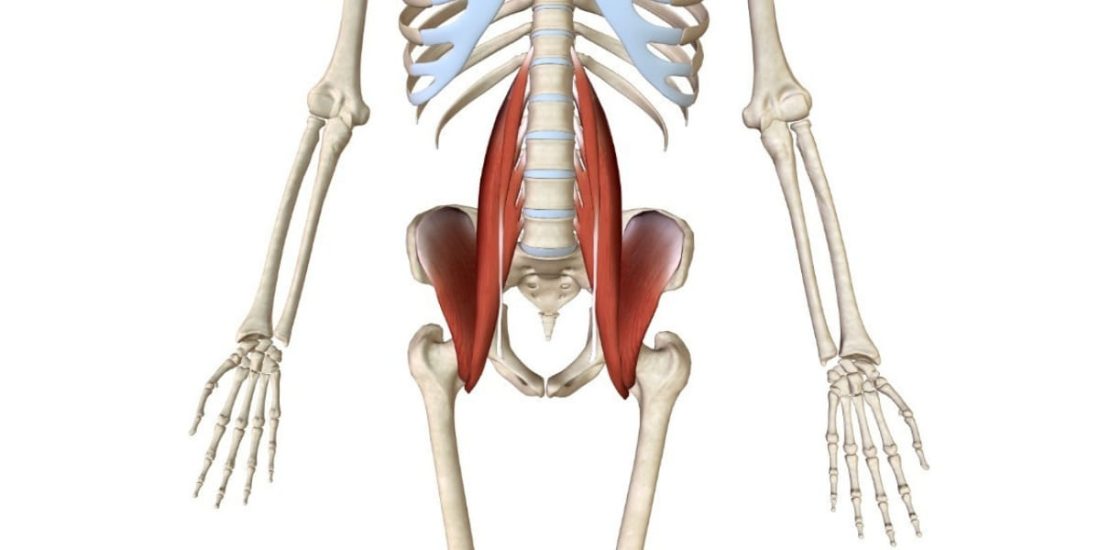
Our right and left psoas (we can just call them psoas) are the ones that work the most when flexing the hips at the torso.
When you are doing intense cycling (mountain biking, road biking, etc.), They are in high demand.
These muscles have another characteristic: they are highly vascularized, which allows them to trap organic waste (called toxins) that circulate in the blood. The psoas also carries the not-so-attractive term "junk muscle". When they are under severe stress, a lot of blood circulates through them, and toxins can be deposited even more. If the psoas muscle is slightly stretched and there are too many toxins in it, they may eventually retract, and lumbago, a type of back pain, may develop. Toxins are produced by lactic acid as a result of sports, but not only: excessive use of tobacco, alcohol and / or a diet too rich in fat, salt or sugar is also the cause of the disease. Creation of toxins in the body that can clog the psoas muscle.
To take care of the psoas iliac muscle, I have four tips:
1. Drink plenty of water regularly throughout the day.
From one and a half to two liters. Hydration helps to remove organic waste accumulated in the psoas muscle. Attention, we are not talking about immediately drinking 1 liter or one and a half liters of water, this is useless. It should be gradual so that toxins are removed from the psoas muscle.
Also remember to drink regularly when mountain biking.
2. Stretch every night for 5 to 10 minutes.
Moreover, you regularly ride mountain bikes throughout the week.
There are many ways to stretch the iliopsoas muscle. Here are some examples:
Front slit
For the left psoas muscle: Bend your right knee 90 ° and bring your left leg back as far as possible. The bust should be straight. To stretch the left psoas muscle, you need to lower your pelvis down. The latter should not turn to the left, it should remain in the axis. You will need to adjust the position depending on when you feel stretching happening.
Do the same for the right side.
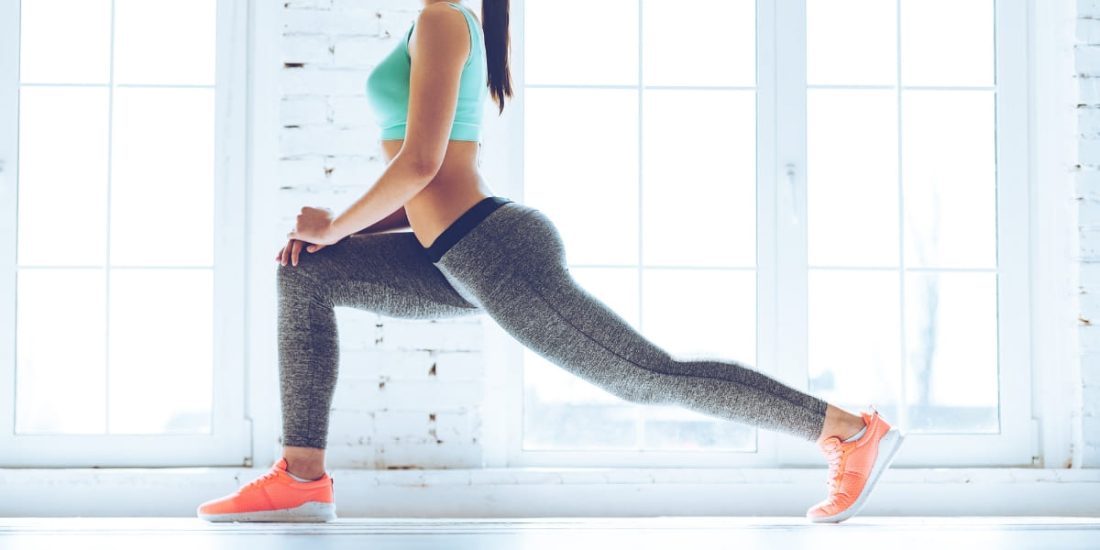
Stretching using a support
The principle is the same. For those with sore knees, this exercise is more suitable than the previous one.
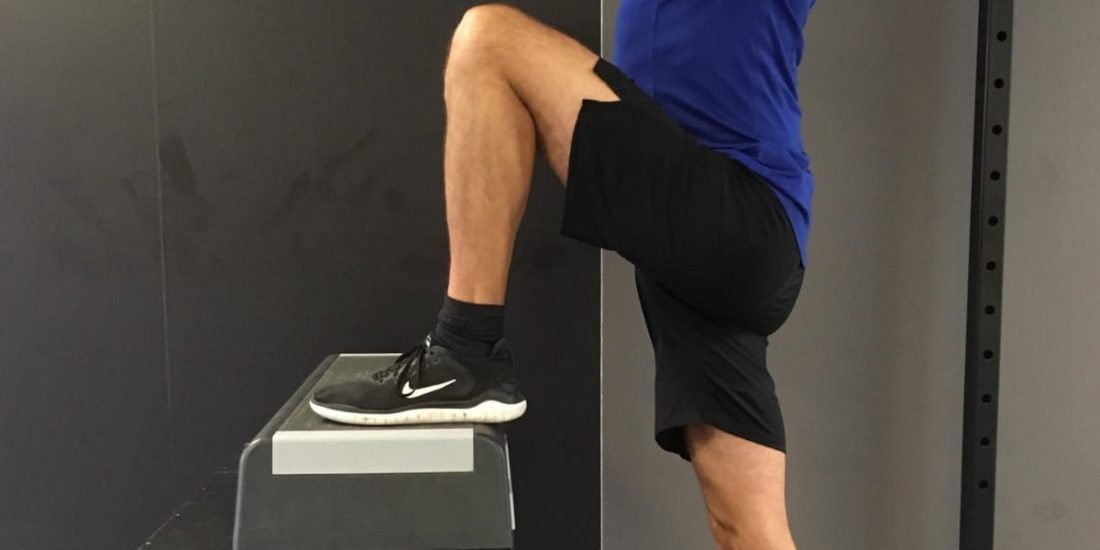
Stretching from knees to floor
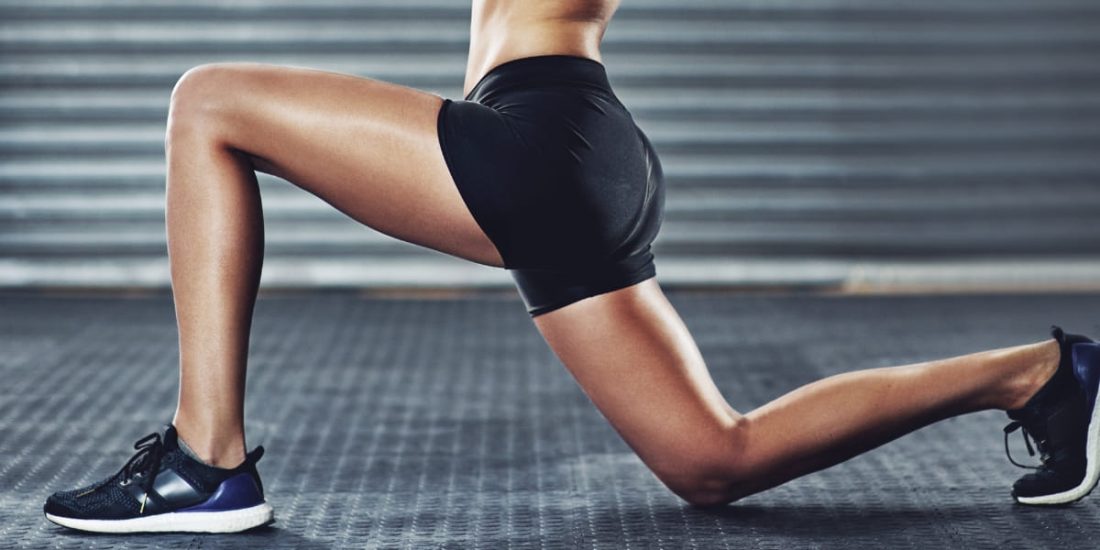
Long stretch
Leave one foot in the air at the edge of the bed. Bend the opposite knee and hold it between your hands. The psoas that you are stretching is on the side of the leg in the void.
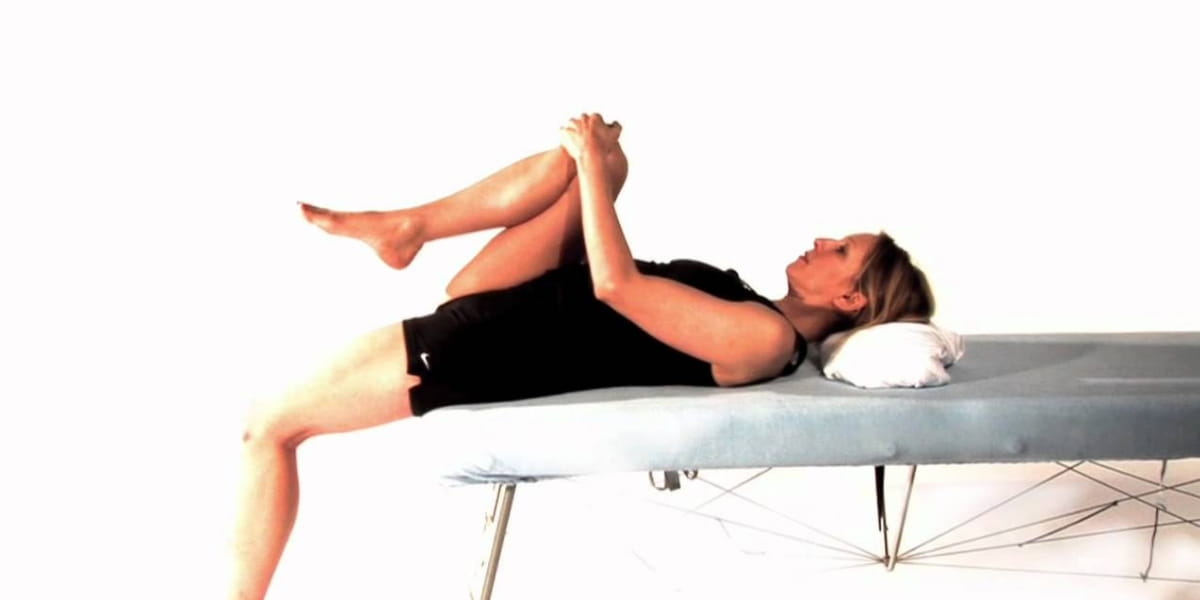
3. Avoid long positions that shorten the iliac muscles.
They are best avoided because they keep your psoas muscles pulled in.
This is the case, for example, with the position of the fetus in bed.

Another example is the sitting position, folded in half. The photo below shows an extreme case of folding that should be avoided.

In general, if you stay seated frequently (especially at work), remember to get up and stretch your legs every hour (whenever possible, of course).
4. Reduce your consumption of tobacco, alcohol and / or change your diet.
Of course, this advice should be applied if you know you are overeating.
If you smoke a few cigarettes a day or drink two glasses of alcohol every day, this is not something that will seriously clog your psoas. It's the same with diet (although if you regularly ride a mountain bike, you definitely need to be careful not to overeat in your diet).
In addition, for a significant overload to occur, it must be prolonged. This means that overruns that have lasted for several months need to be corrected. If you have any problems at this level, do not hesitate to contact competent therapists who can help you.
Conclusion
Remember to stretch your other muscles in the evening after stretching your psoas. I talked about the quads and hamstrings at the beginning of this article, but you can also stretch your back, arms, and forearms regularly as they are used to stabilize you on the bike.
